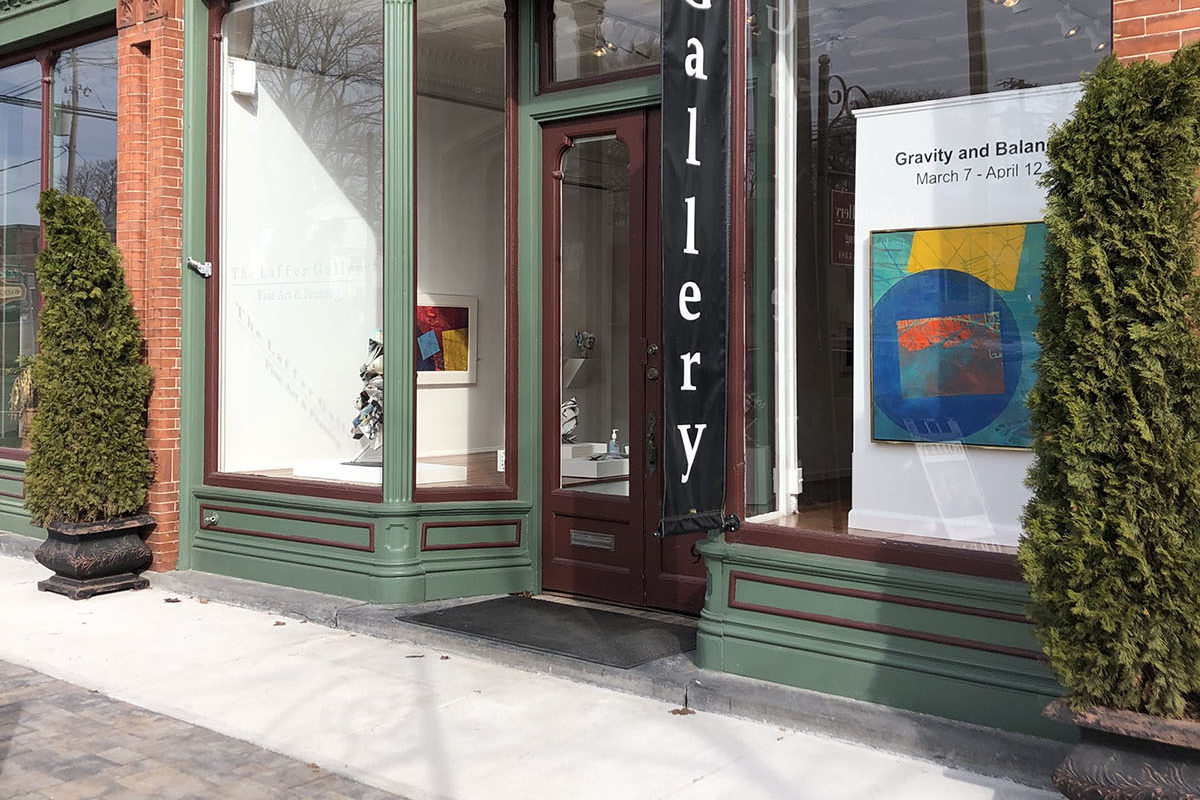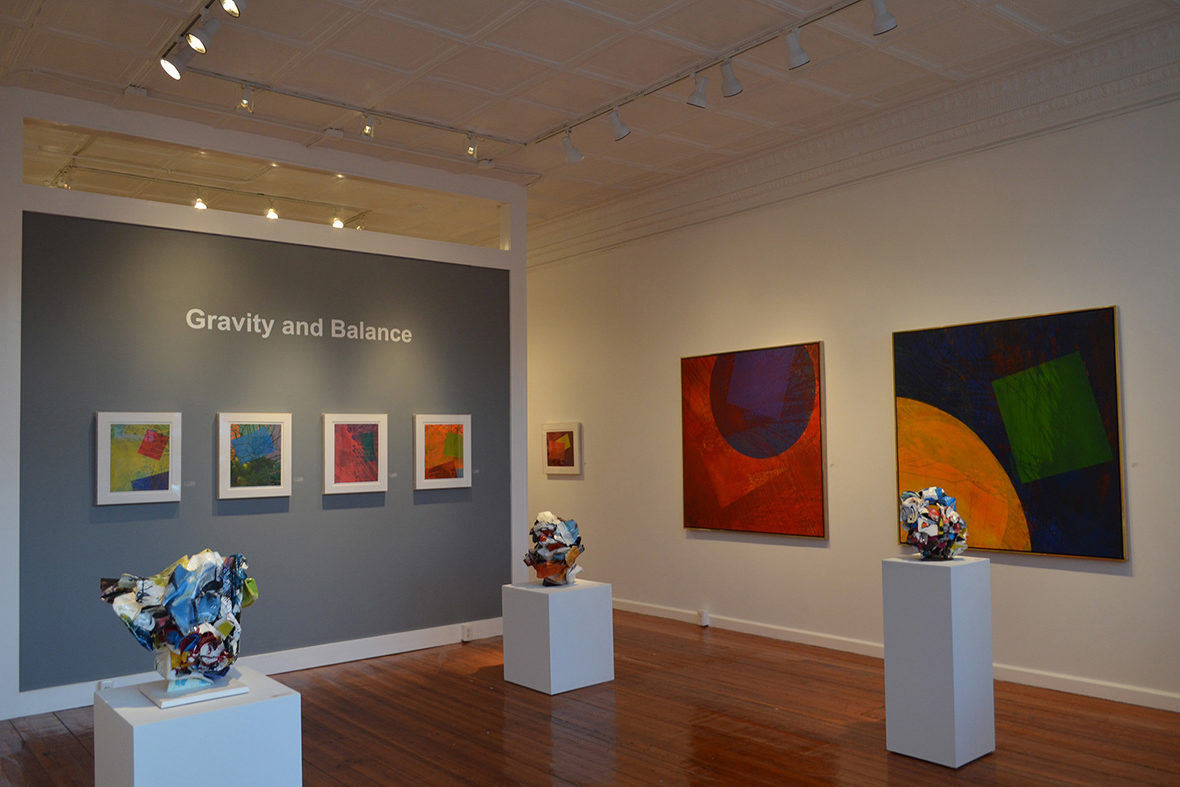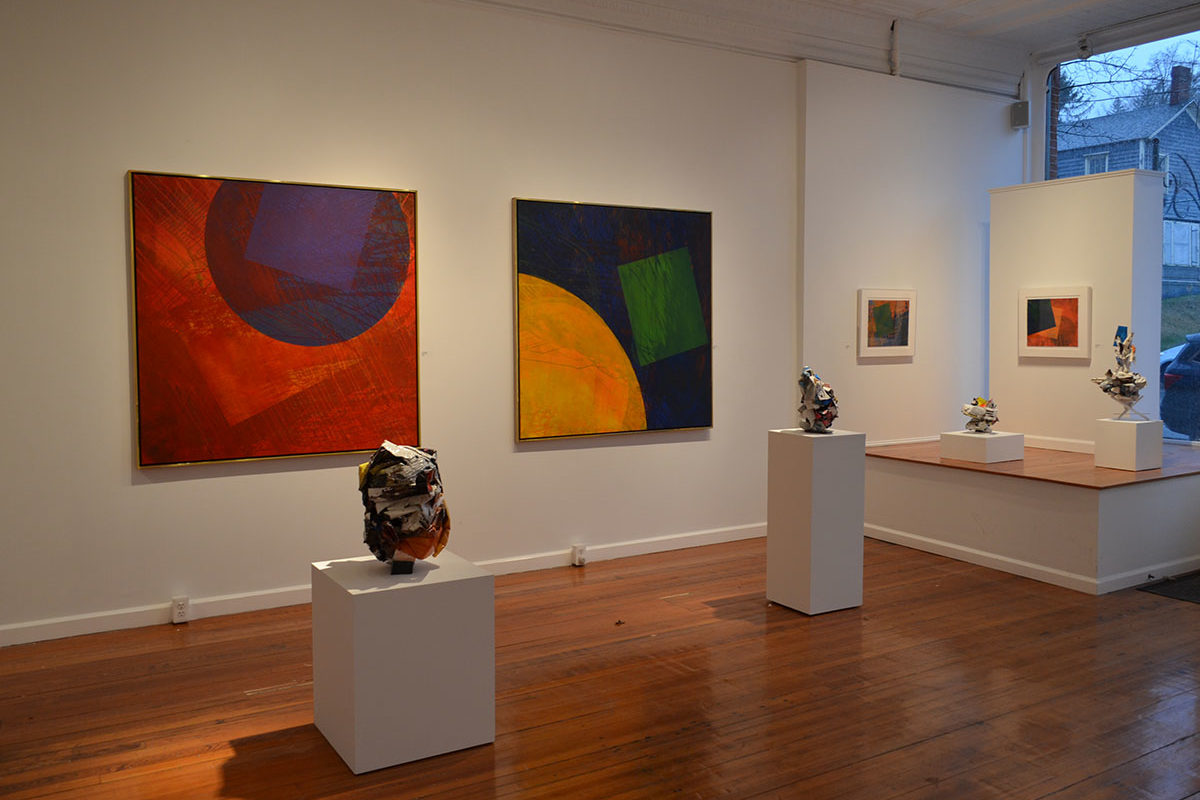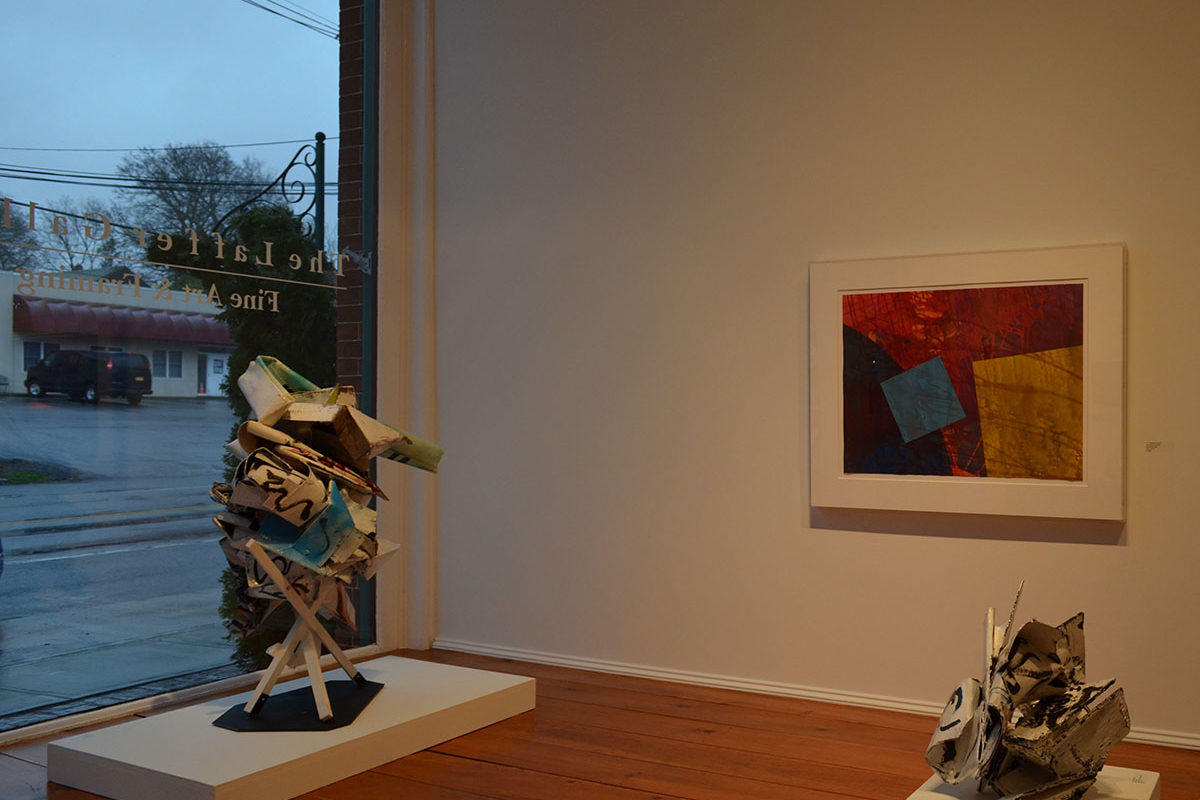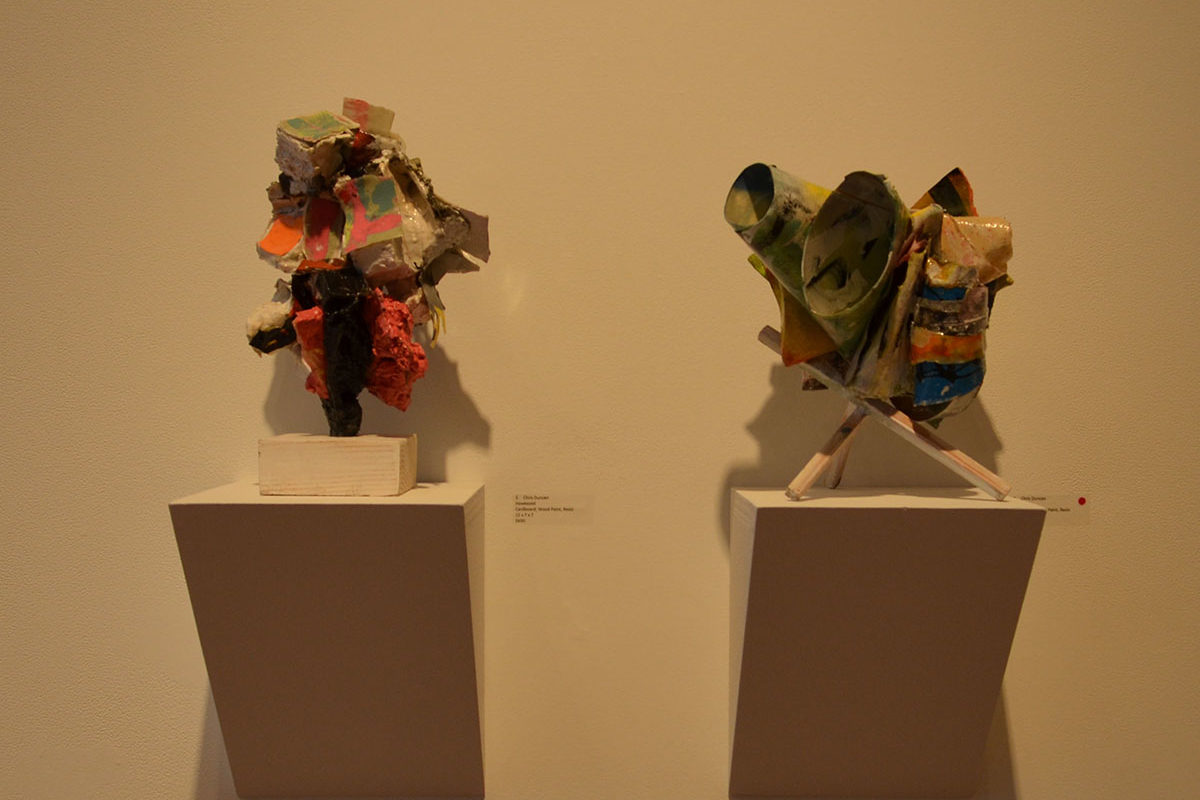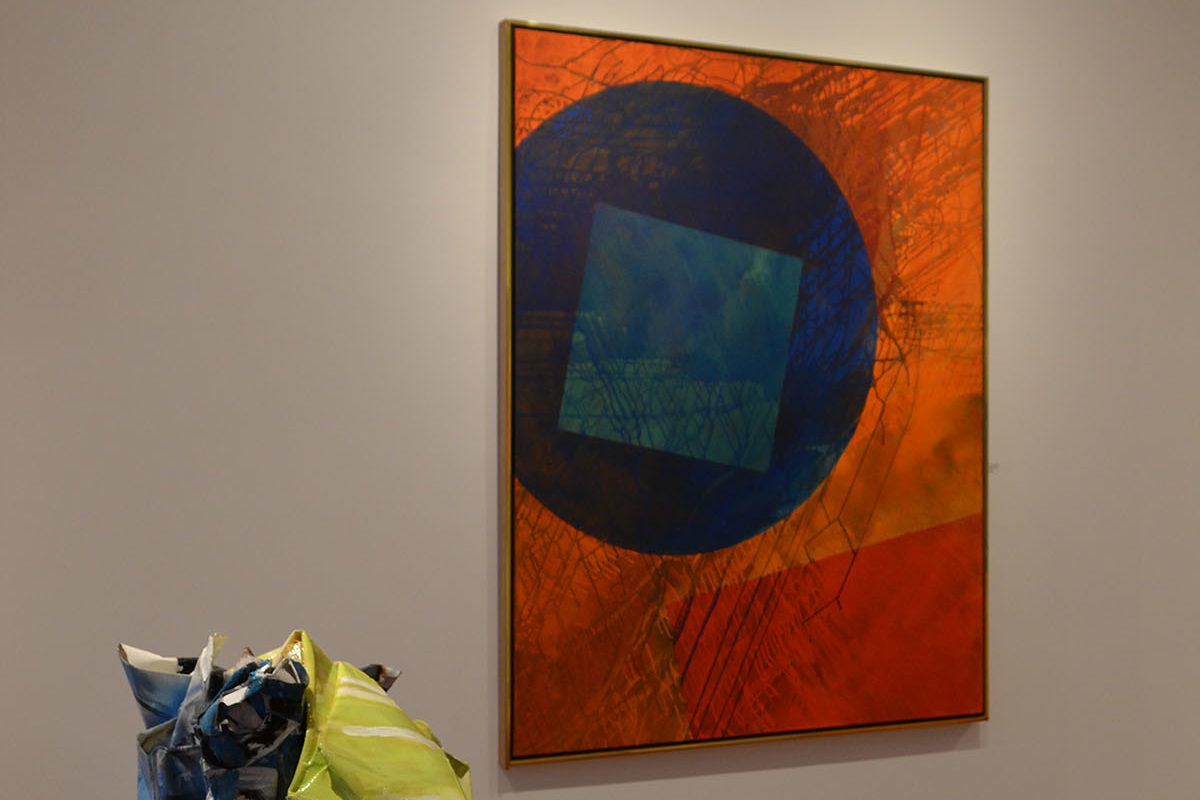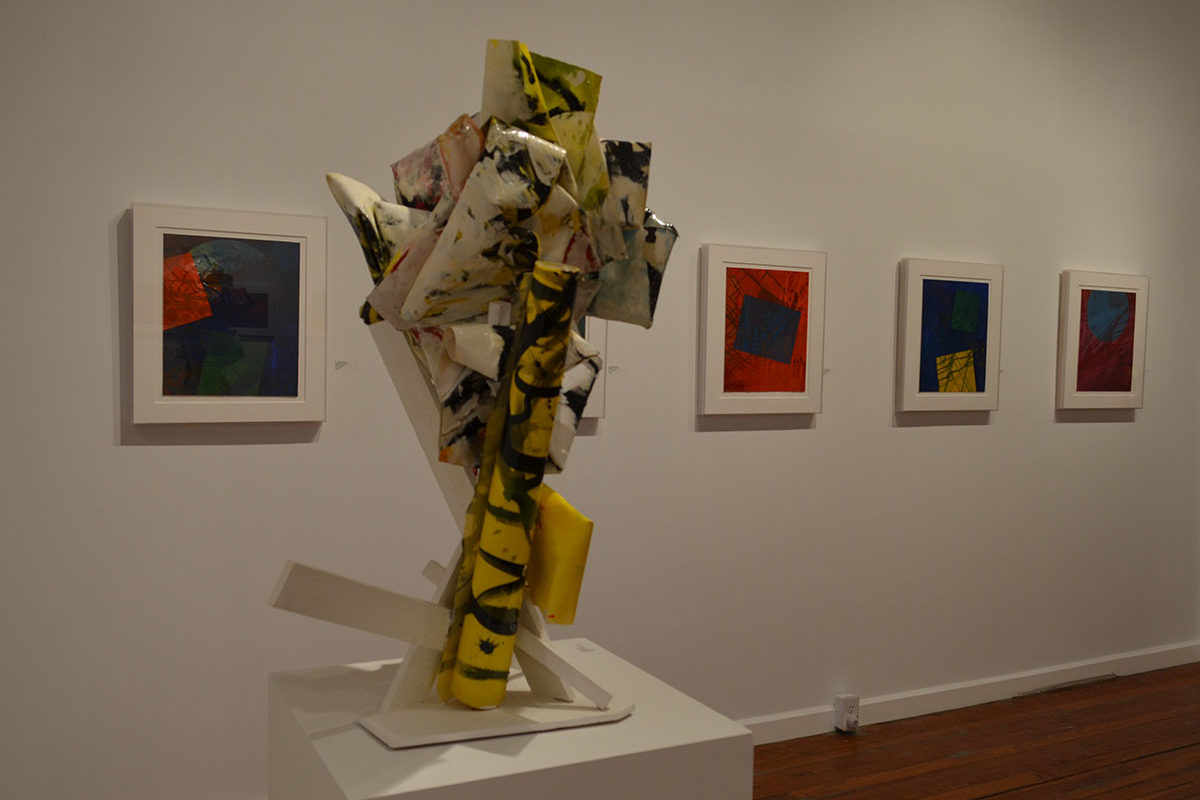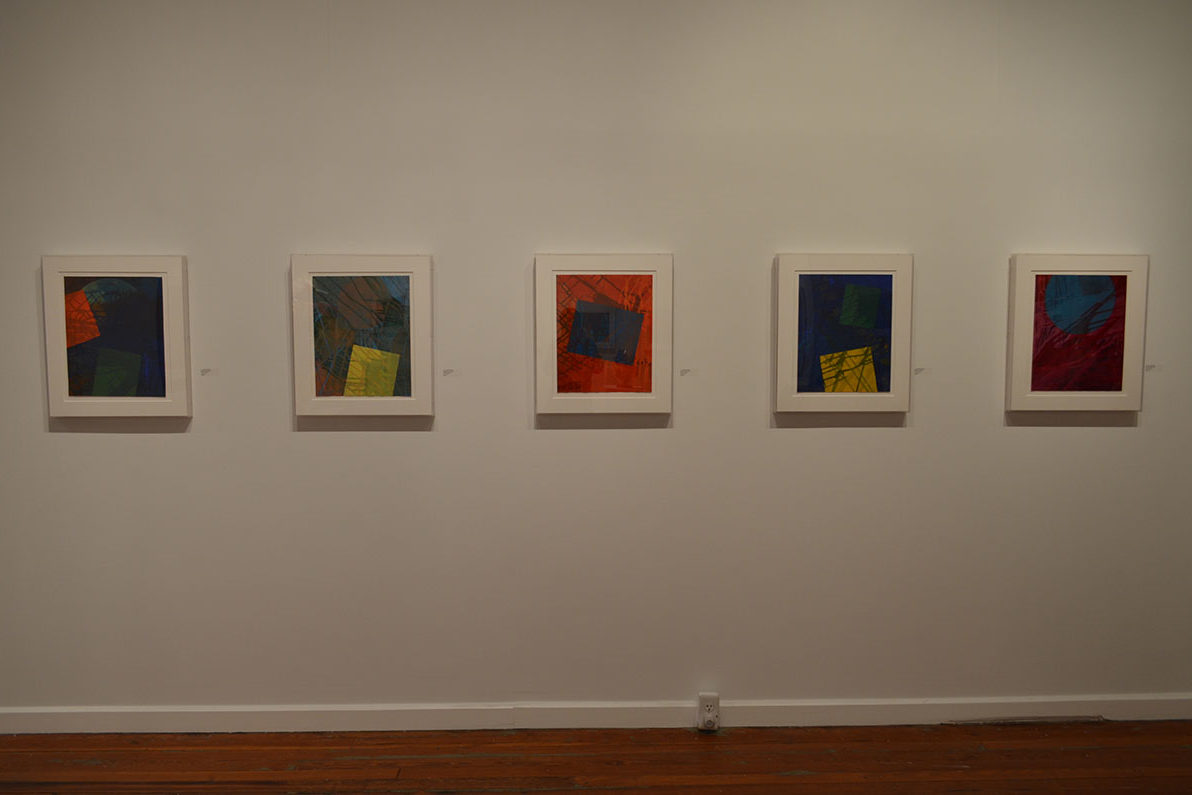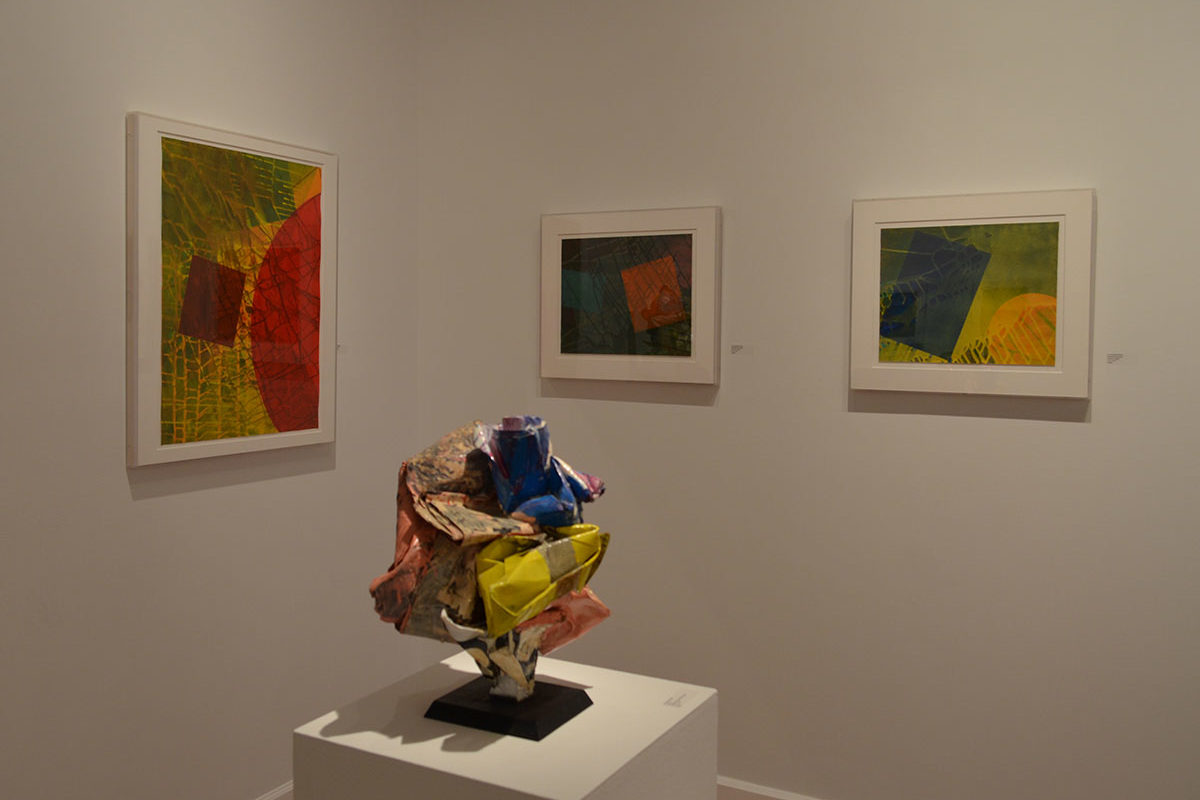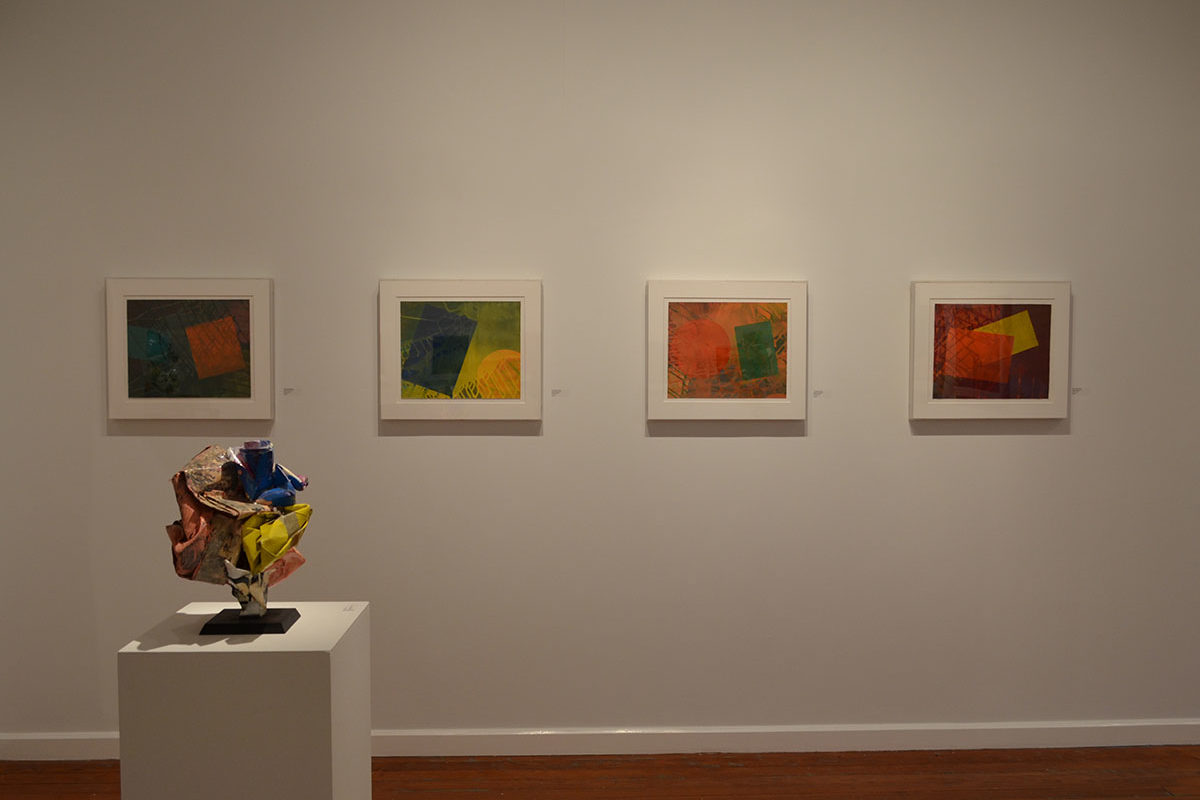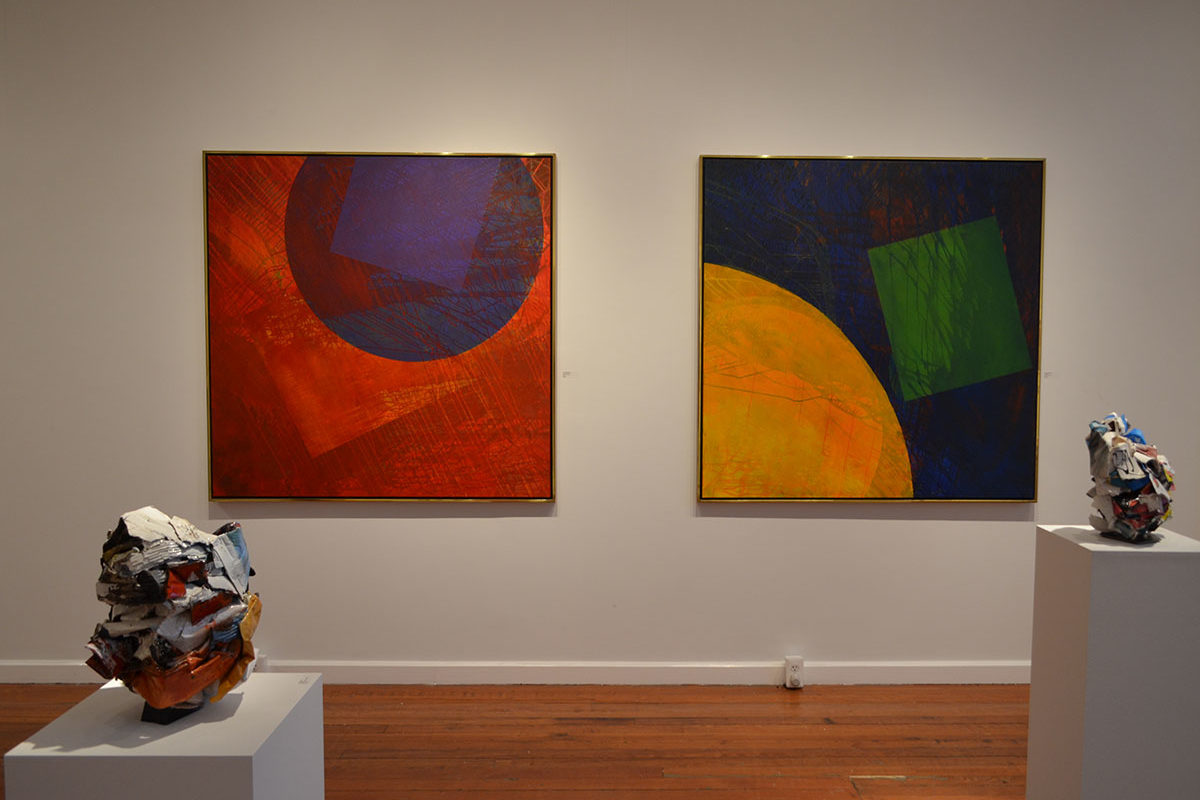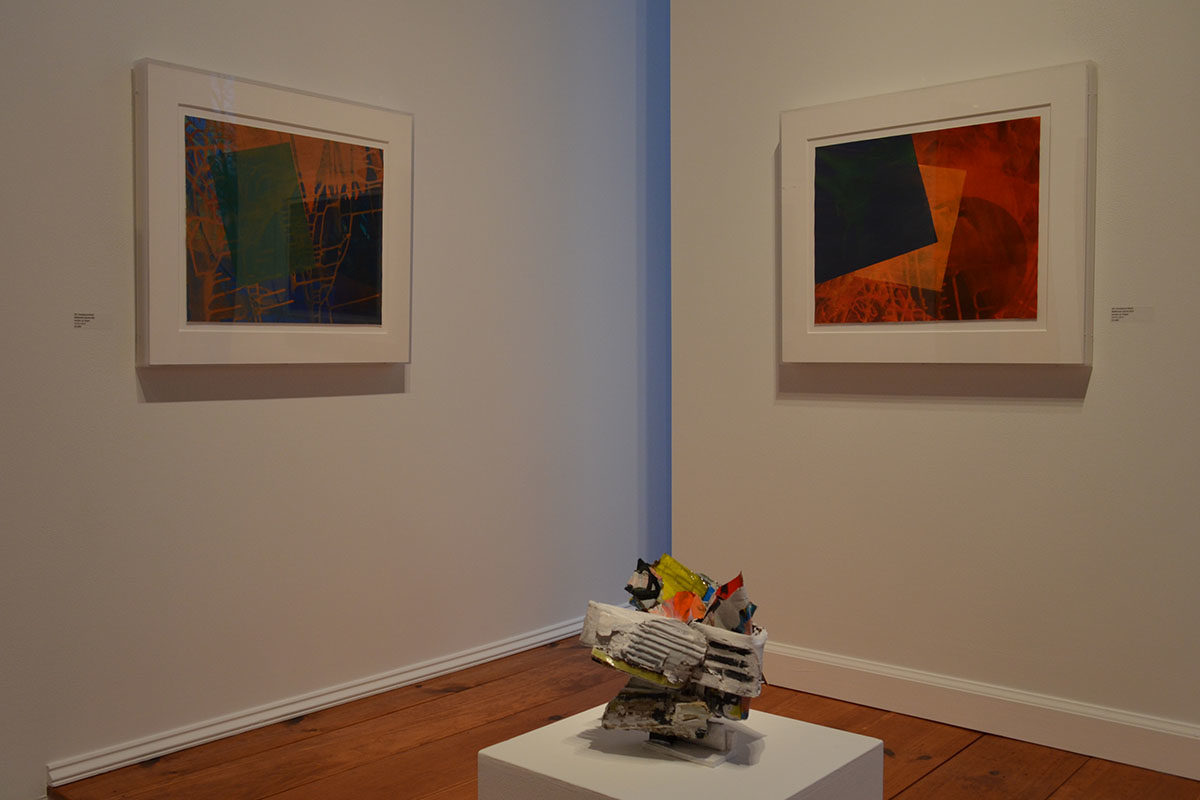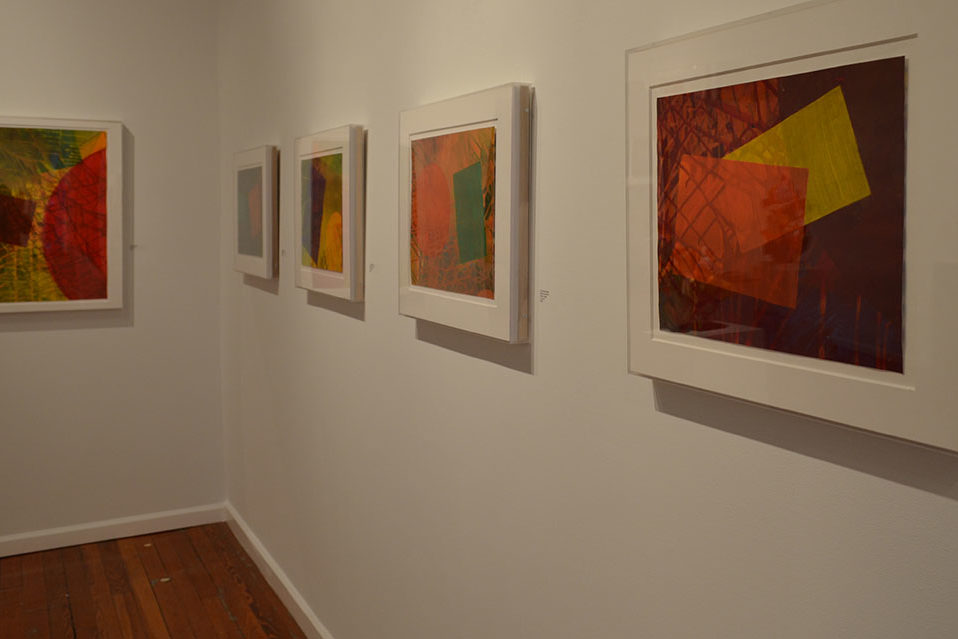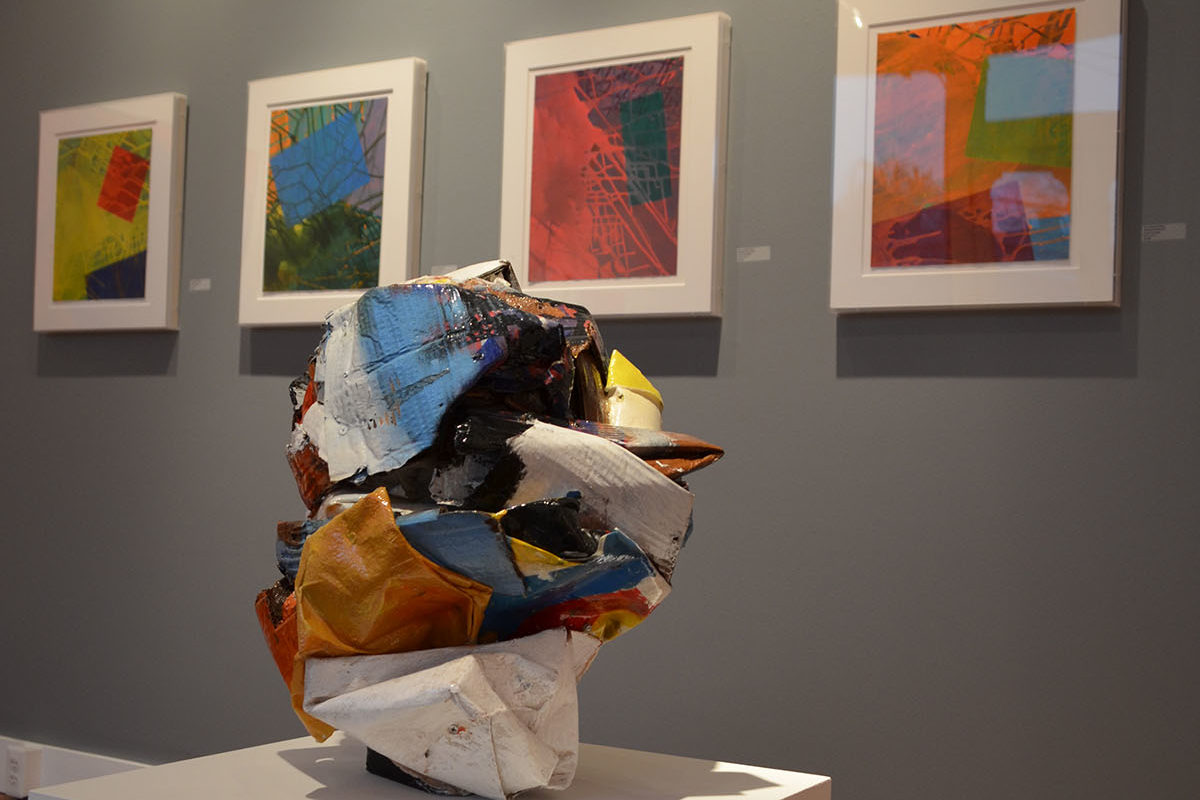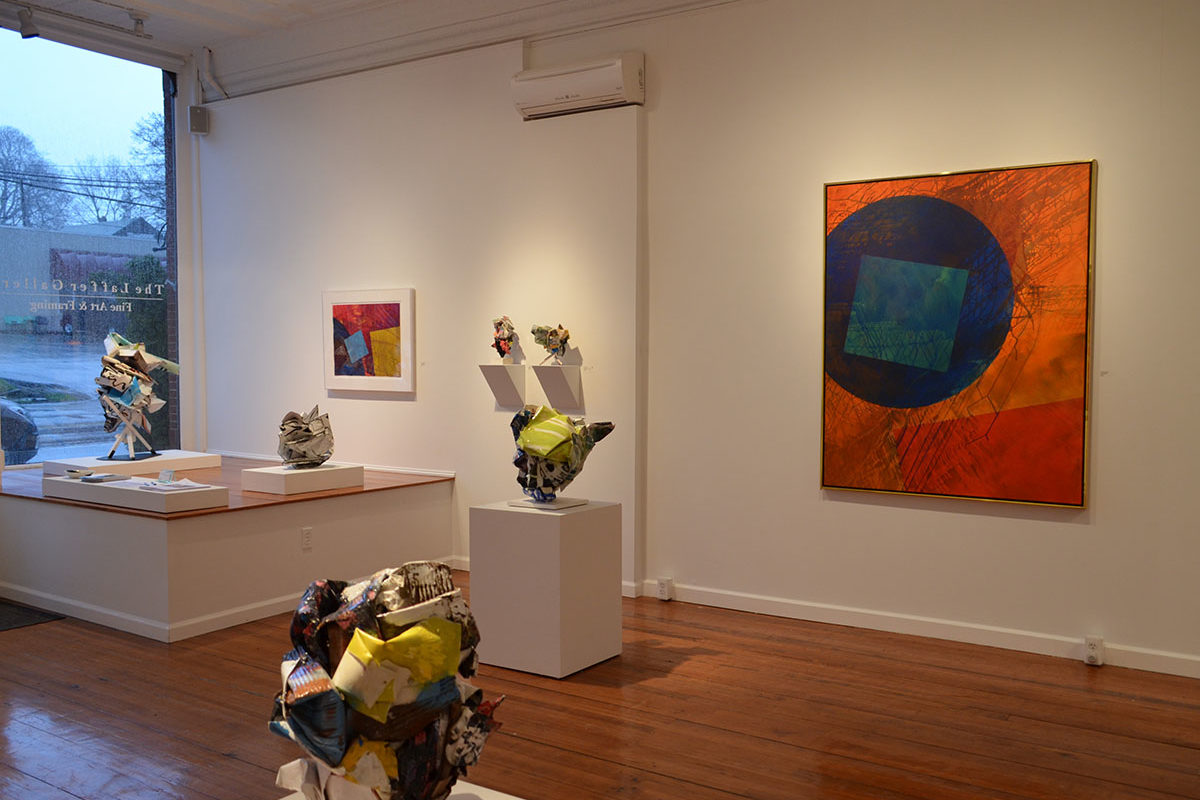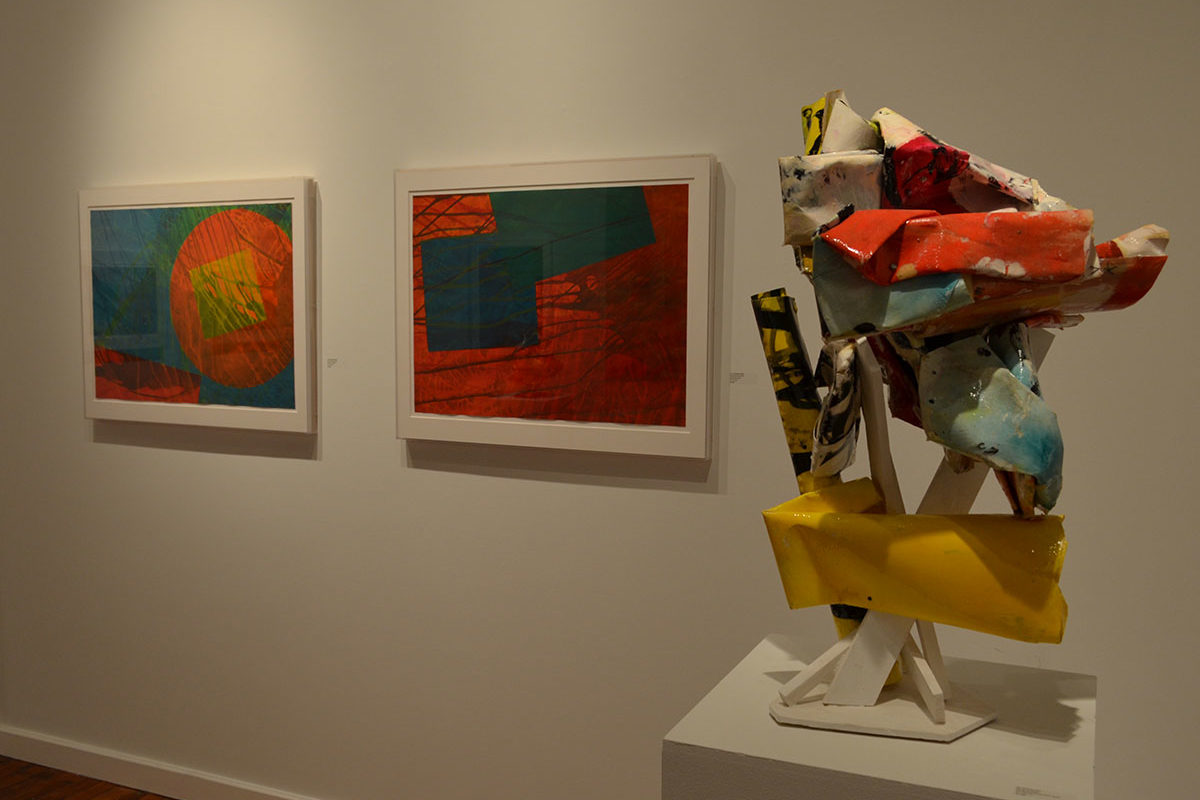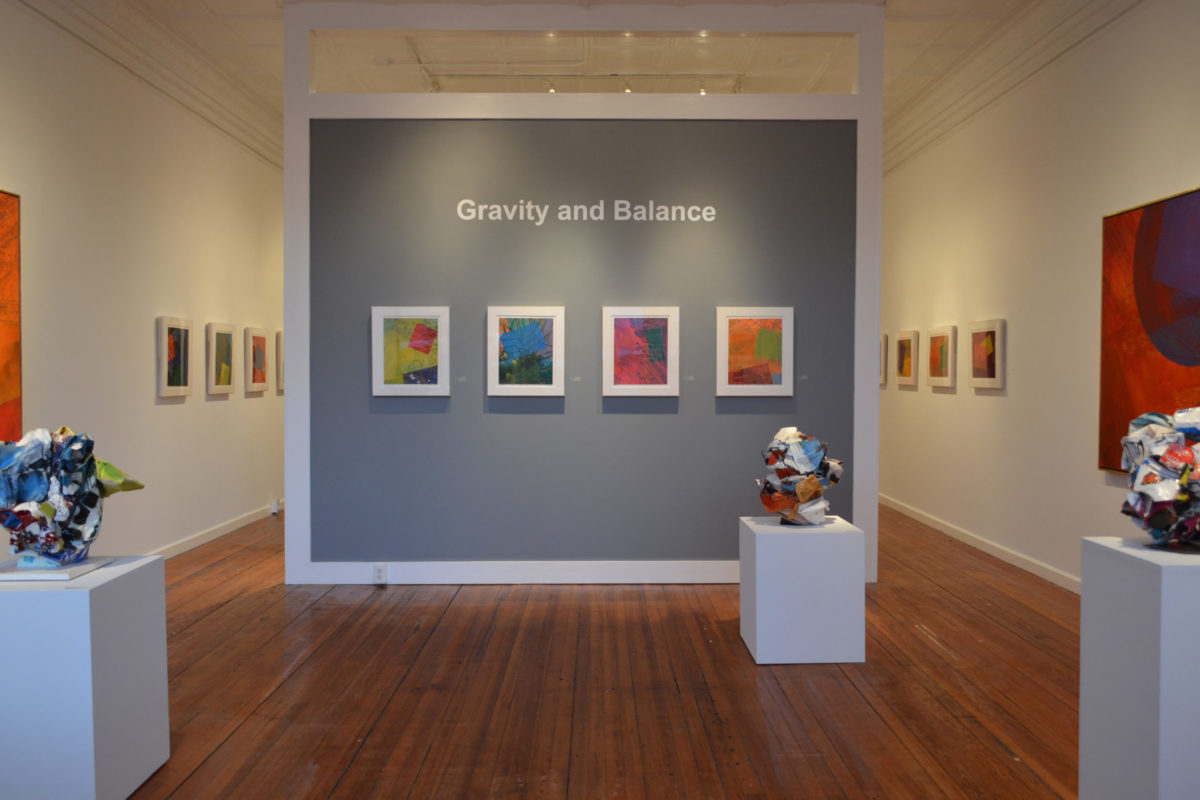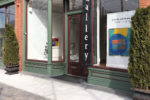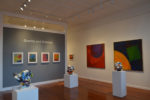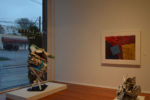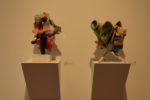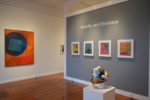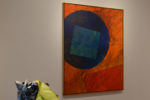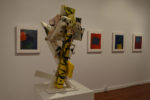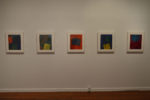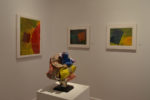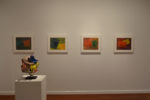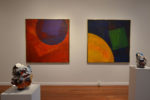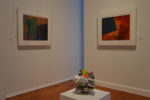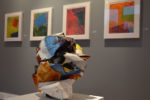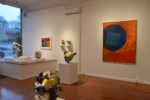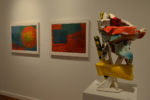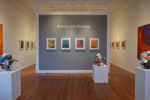Featuring the artwork of: Constance Kheel and Chris Duncan.
Gravity and Balance showcases two artists who embrace gravity and balance as a way to unite the visible elements in their works, such as color, light, line, shape and dimension. To view Constance Kheel’s art, click here and to view the artwork of Chris Duncan, click here. For inquires on art or to make an appointment for a private showing click here.
Extended until May 31, 2020
Constance Kheel’s abstract paintings celebrate the interaction between drawing and color, juxtaposing the controlled discipline of geometrics with the spontaneity of poured colors. At the same time, the heavy texture of Kheel’s work focuses on the materiality of painting. Primary shapes, such as circles and squares, emerge and retreat and expand and contract like astral objects in infinite. The paintings have an explosive, volcanic movement, as well as a sense of infinite depth.
Kheel paints in a barn converted into a studio on her farm in northern Rensselaer County, upstate, NY. Her work is inspired by a reverence for nature and the working agricultural landscape surrounding her.
The renowned art critic Michael Fried described Kheel’s paintings as “sensuous, serious, expansive, deeply felt. They are also slow; they were made slowly and painstakingly, by the application of acrylic paint in thin layers, by the continual adjustment and readjustment of forms, colors and textures to one another, by acts of contemplation leading to countless decisions and revisions, and by a variety of techniques including painting with a brush, pouring thinned paint in translucent veils, and rotating and tilting the stretchers and papers in order to influence the flow of pigment.”
Constance Kheel’s work is included in numerous museum, corporate, and private collections.
Her paintings are influenced by such modernists as Hans Hoffman, Jackson Pollock, and Morris Louis.
Her paintings portray both constellations of abstract forms and literal pieces of our own galaxy.
Chris Duncan has a studio-based practice, making objects that are hand built and mostly low-tech. These sculptures are constructed, assembled from parts, using paper, cardboard and other ephemeral materials. The forms start from the ground and lurch or twist up. The work emphasizes materiality, with torn and cut edges and visible hardware located casually throughout. He uses resin on the surfaces, which are shiny, industrial, and often brightly colored. The color is layered on, and surfaces switch from painted and epoxied to raw and exposed.
Duncan works and re-work materials and images looking for a structure that’s visually satisfying, layered, and open to different meanings. These sculptures are intended to encompass and perhaps evoke feelings, sensations, memories. You could say he values a kind of tension between the raw and the cooked. There is an immediacy in the working process that allows for response to the way a work looks and feels; to qualities of gravity, balance, and surface that make sense visually, physically and emotionally. Duncan wants the sculptures to include both rationality and passion, structure and gesture. And in the end he wants to be at least a little bit surprised.
